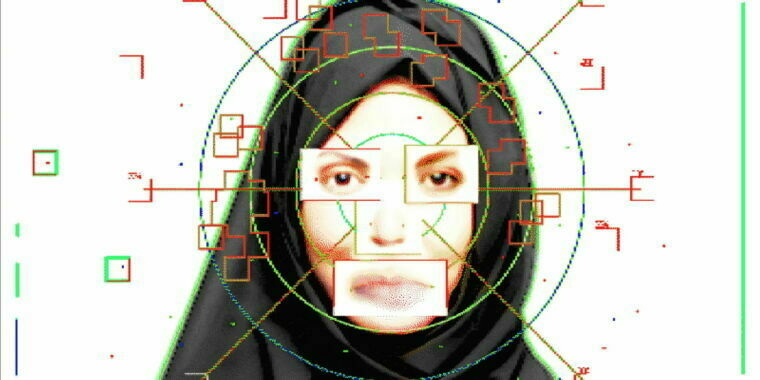Facial recognition and the morality police
As this article points out, before 1979 removal of the traditional hijab was encouraged as part of Iran’s modernisation agenda. Once a theocracy came to power, however, the ‘morality police’ started using any means at their disposal to repress women.
Things have come to a head recently with high-profile women, for example athletes, removing the hijab. It would seem that the Iranian state is responding to this not with discussion, debate, or compassion, but rather with more repression -this time in the form of facial recognition and increasingly levels of surveillance.
We should be extremely concerned about this, as once there is no semblance of anonymity anywhere, then repression by bad actors (of which governments are some of the worst) will increase exponentially.
After Iranian lawmakers suggested last year that face recognition should be used to police hijab law, the head of an Iranian government agency that enforces morality law said in a September interview that the technology would be used “to identify inappropriate and unusual movements,” including “failure to observe hijab laws.” Individuals could be identified by checking faces against a national identity database to levy fines and make arrests, he said.Source: Iran to use facial recognition to identify women without hijabs | Ars TechnicaTwo weeks later, a 22-year-old Kurdish woman named Jina Mahsa Amini died after being taken into custody by Iran’s morality police for not wearing a hijab tightly enough. Her death sparked historic protests against women’s dress rules, resulting in an estimated 19,000 arrests and more than 500 deaths. Shajarizadeh and others monitoring the ongoing outcry have noticed that some people involved in the protests are confronted by police days after an alleged incident—including women cited for not wearing a hijab. “Many people haven’t been arrested in the streets,” she says. “They were arrested at their homes one or two days later.”
Although there are other ways women could have been identified, Shajarizadeh and others fear that the pattern indicates face recognition is already in use—perhaps the first known instance of a government using face recognition to impose dress law on women based on religious belief.
